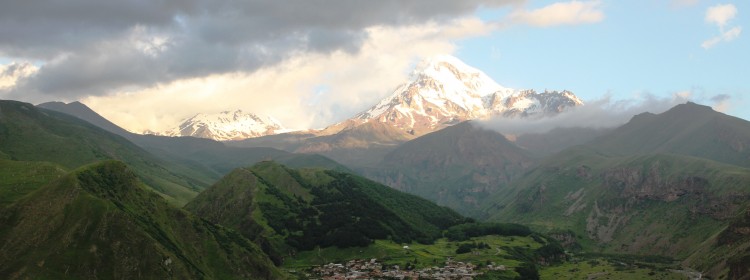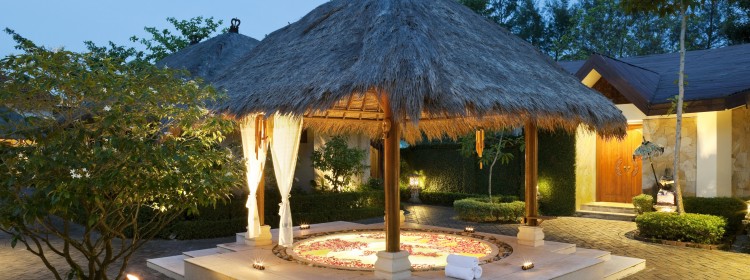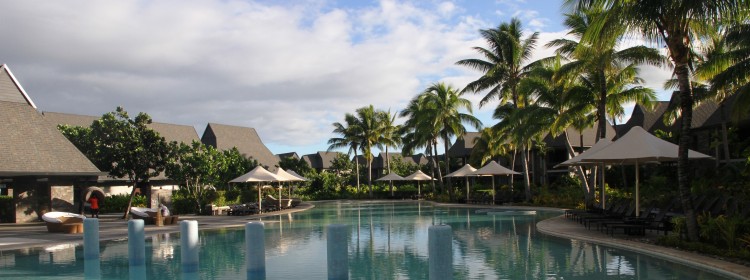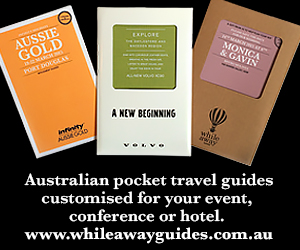The sky over El Nido is overcast, scoured by the tail end of a typhoon that’s passed and headed north. I’m the only passenger in the Filipino trigger boat, whose bamboo outriggers scud over a smooth, slate-coloured sea.
Having left a wharf near a small airfield, the boat chugs through a chain of extraordinary islands sculpted into strange, alien shapes. Towering limestone cliffs shoot dramatically from the ocean, their crowns covered in foliage, their bases fringed by white sand beaches and palm trees.
“That’s Lagen Island,” says Jake Lindo, the young boat guide, pointing ahead to a string of cabins in the distance, suspended over the turquoise waters of a small lagoon.
 This resort on Lagen, one of 45 islands and islets in the environmentally protected area of El Nido, will be my sanctuary for the next two nights, and I find myself delighted at the prospect. For decades I’ve wanted to visit this place, widely acknowledged to be one of the most beautiful destinations in the Philippines and, finally, I’m going to experience it.
This resort on Lagen, one of 45 islands and islets in the environmentally protected area of El Nido, will be my sanctuary for the next two nights, and I find myself delighted at the prospect. For decades I’ve wanted to visit this place, widely acknowledged to be one of the most beautiful destinations in the Philippines and, finally, I’m going to experience it.
As I step ashore, a group of the resort staff are lined up to sing me a welcome and a cool drink is thrust into my hand. “Please, leave only your footprints here and take away only memories,” says one who shows me to my room. It’s a timber-lined, air-conditioned space set against an old-growth rainforest whose trees, vines and leaves loom over the roof. My balcony overlooks the resort’s big freshwater pool and al-fresco dining area, beyond which the lagoon, lined with more bungalows and fringed with mangroves, shimmers in the evening light.
This tropical resort in the north of the big Philippine island of Palawan is every bit as good as I’d hoped it would be. It’s not just the other-worldliness of the environment here that makes it outstanding; the genuine warmth and obligingness of the Filipino staff is a tonic for anyone seeking a break from workaday routine – as I discovered.
In recognition of the value of its ecosystem, the Philippine government declared El Nido to be a protected area in 1998. But, interestingly, it only became internationally renowned as a tourist destination around 1979, when a dive boat broke down one night, forcing the crew to drop anchor in an inlet.
 The next day the divers woke to find themselves surrounded by sparkling sea, white beaches “and a series of magnificently sculpted jade islands,” according to one story. Since then it’s gained further recognition thanks to movies and TV shows.
The next day the divers woke to find themselves surrounded by sparkling sea, white beaches “and a series of magnificently sculpted jade islands,” according to one story. Since then it’s gained further recognition thanks to movies and TV shows.
The final scene of the film “Bourne Legacy” was shot here. (Watch the great scene at http://www.youtube.com/watch?v=WWt-pPn5rS0.)
Lagen’s is one of three island resort facilities operated in El Nido by one company, El Nido Resorts. The other two are set on nearby islands Miniloc and Pangulasian.
The food, usually served in buffets in the main restaurant or, on special days, at poolside, is adequate and plentiful, and there’s a terrific spa, with massage services starting at around AUD30. A plethora of activities from scuba diving to kayaking and guided eco-tours are available. For me though, one of the most agreeable was sitting at the poolside bar at dusk, ice cold San Miguel beer in hand, watching the sun sink into the ocean.
From USD250 per person sharing
Like its sister resorts on Miniloc and Pangulasian, Lagen caters for weddings, meetings, team-building and other corporate events, with a minimum two nights’ stay required. The offer starts with the use of the accommodation for two at PhP 22,000.00 (about USD500; ie $250 per person) per night. That includes breakfast, boat transfers and use of the resort’s recreational facilities. For groups, there’s a meetings supplement of PhP 1,200 (about USD30.00) per person, which includes a snack, half-day use of the conference room, coffee and tea and the usual meetings set-up and pads and pencils.
 “Room rates are negotiable depending on the size of the group and the travel period,” says Bambi Samson, Director of Sales, “so the supplement may change according to the requirements of the group. Rates are higher from November to May, and promos and special rates are usually offered from June through to October.”
“Room rates are negotiable depending on the size of the group and the travel period,” says Bambi Samson, Director of Sales, “so the supplement may change according to the requirements of the group. Rates are higher from November to May, and promos and special rates are usually offered from June through to October.”
The ideal season for team building, when staff can set up a private beach club” as a corporate playground, is February to May. An ideal size for a group is about 40, adds Bambi, but the resorts can handle more, or facilitate a “buy-out” of each property in its entirety.
The usual direct method of getting to the islands is from Manila on Island Transvoyager Inc (ITI), with El Nido Resorts handling the bookings. It’s a 55-minute flight on a 50-seater ATR aircraft, followed by a boat trip of about an hour to get to the islands. Cost of the travel from Manila: about $100 each way.
Undeniably it takes some effort to get there from abroad and it’s priced at a premium, but El Nido is worth every cent.
For more information, email holiday@elnidoresorts.com or visit www.elnidoresorts.com.
The Siteseer was a paying guest at Lagen Island.

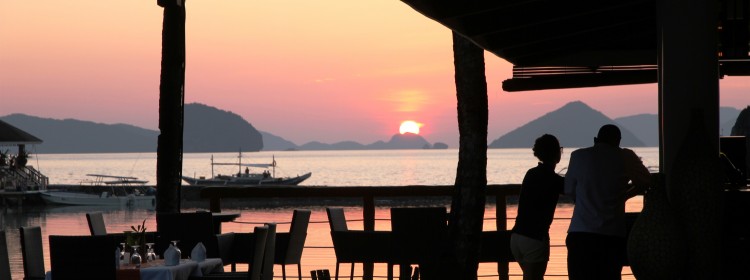


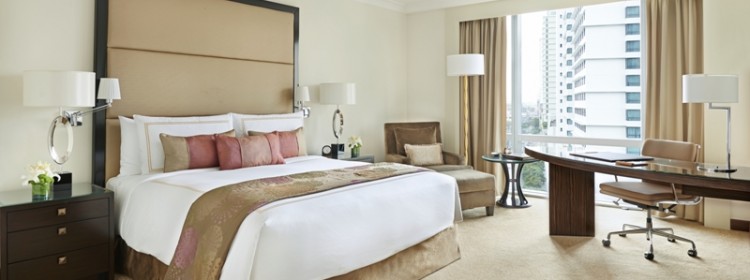
 It represents a step forward for tourism in the city and country, say its marketers, with the last luxury hotel in the area having been built way back in 1993-94.
It represents a step forward for tourism in the city and country, say its marketers, with the last luxury hotel in the area having been built way back in 1993-94.
